While cats don’t meditate in the human sense, their regular routine of relaxation, focused play, and grooming reflects similar principles.
Meditation, a practice often associated with humans, may seem an unlikely activity for our feline friends. However, if you’ve ever observed a cat in a state of profound relaxation or intense focus, you may have wondered, “Do cats meditate?”
While cats may not meditate in the traditional human sense, their natural behaviors exhibit similarities to meditative states that are truly fascinating. This piece will delve into these unique behaviors, drawing parallels with mindfulness and meditation techniques, and provide a comprehensive understanding of how cats might indeed be the Zen masters in our homes.
Key takeaways:
- Cats exhibit behaviors similar to meditation
- Cats are in tune with their bodies and environment
- Cats’ stillness and prolonged rest resemble meditation
- Cats have heightened senses and awareness
- Cats may synchronize their breath with their owners
Understanding the Concept of Meditation in Cats
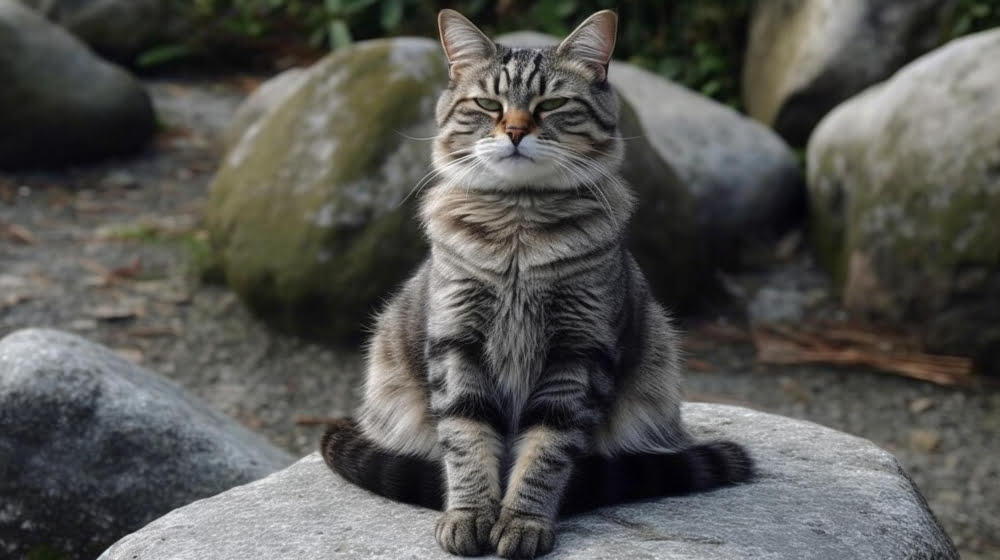
Cats, like most animals, operate on instinct and sensory input from their environment. They empathize more with their physical state rather than engaging in cognitive processes. This aligns with the principals of meditation which focuses on the awareness of one’s body, mind, and environment.
1. Intrinsic Response: Cats are in tune with their bodies’ natural rhythms. This instinctual connection potentially mirrors some aspects of mindfulness and self-awareness practiced during meditation.
2. Restful State: Their prolonged periods of rest, often mistaken for laziness, can be compared to a meditative state. At this time, cats focus on their internal system and revitalization, similar to humans during meditation.
3. Sensory Awareness: Cats possess heightened senses compared to humans. They are continuously processing sensory stimuli from their surroundings. This elevated sensory input can be parallel to a heightened state of mindfulness.
4. Electromagnetic Frequencies: Studies suggest cats respond to fluctuations in the earth’s electromagnetic fields, a concept linked with deeper states of meditation in humans.
By viewing these points through the lens of meditation, one might conclude, or at least question, if cats are naturally more attuned to a form of mindfulness and self-awareness—elements at the core of human meditation practices.
Observing Cat Behavior for Signs of Meditation
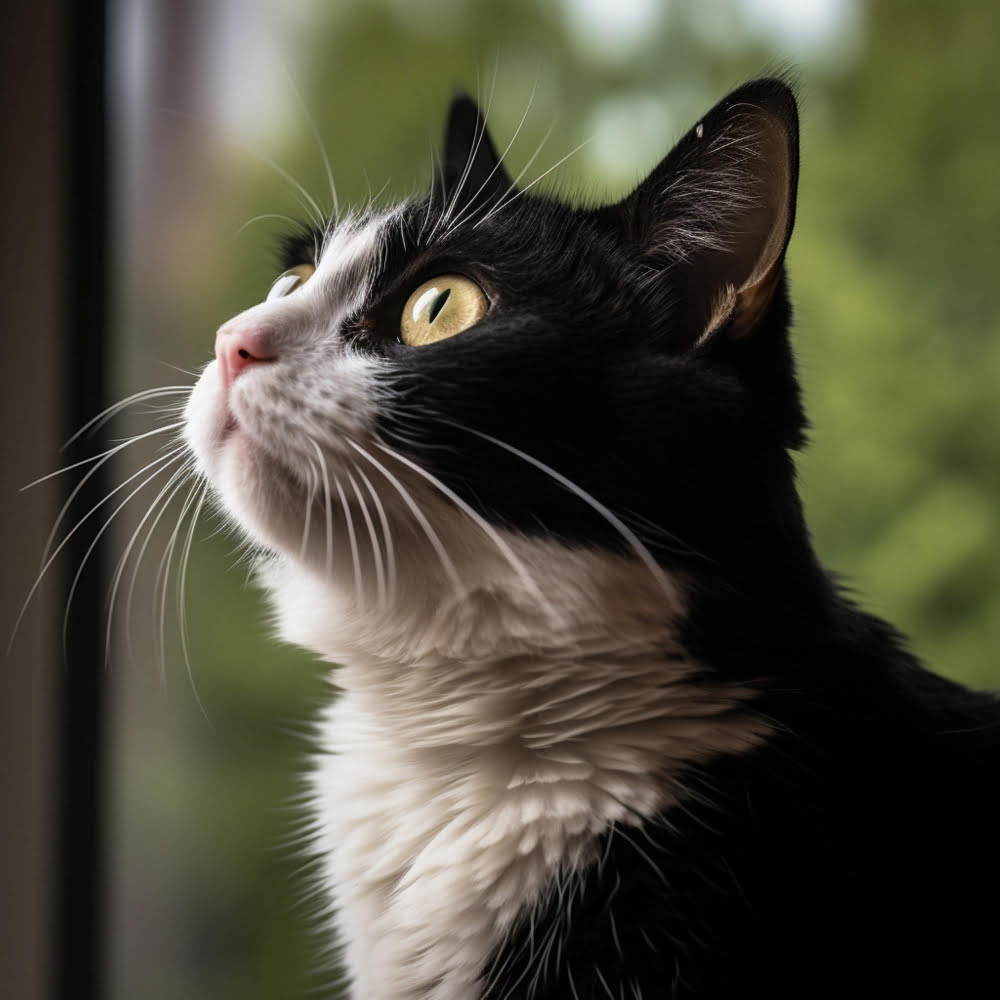
While cats may not meditate by human definition, observation reveals behaviors reminiscent of a meditative state. They bask in zones of utter tranquility, just like accomplished yogis. Look out for these indicators:
- 1. Prolonged Periods of Stillness: Cats are known for their extended stillness in comfortable positions, which could be likened to sensory meditation where focus is on stimuli.
- 2. Attentive Gazing: Cats often stare into space for extended periods. This could parallel focused attention meditation, which involves intense concentration on one point.
- 3. Slow Blinking: Believed to be a sign of trust and contentment, slow blinking by cats resembles a state of mindfulness.
- 4. Purring: Prolonged purring eases stress, not unlike mindful breathing practices.
Recognizing these signs helps us better appreciate the innate calm cats can exhibit, similar to meditative states humans strive to achieve.
The Possibility of Synchronized Breathing With Cats
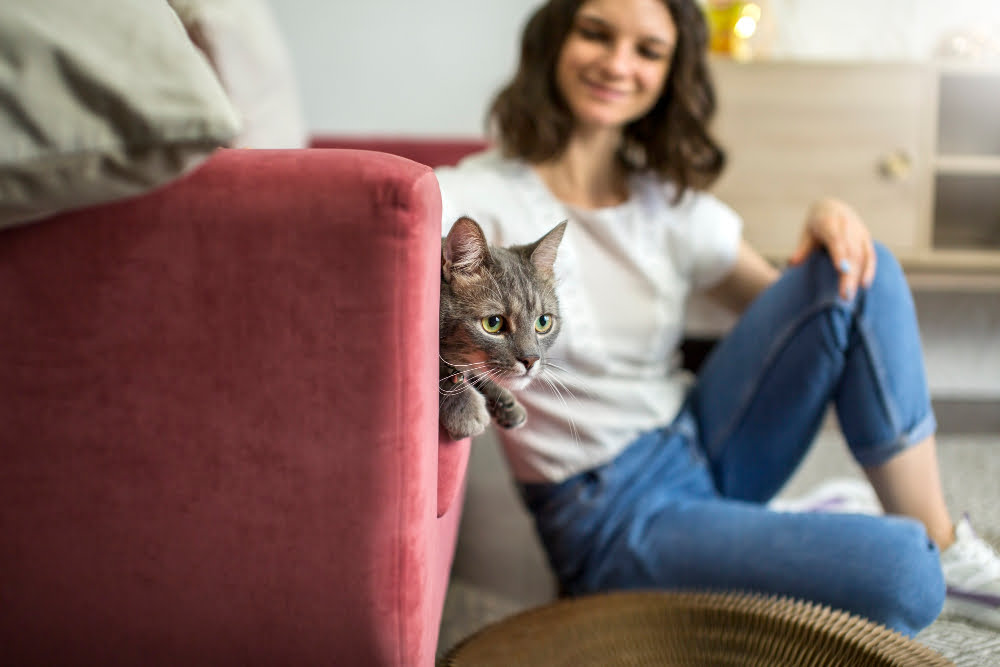
It’s intriguing to note how our feline companions can engage in rhythmic activities that mirror human behavior. One such activity is synchronized breathing — a form of biofeedback where cats sync their breath with their owners. Here’s why it’s significant:
1. Deep Connection: This synchronization can indicate efficient communication and strong bonding between you and your furry friend.
2. Potential Indication of Mindfulness: Just like in humans, this regular, calm flowing breathing pattern might point towards an enhanced state of awareness in cats, much akin to a meditative state.
3. Physiological Impact: Studies show that synchronized breathing can lead to slower heart rates. Translated into the feline world, this could mean a healthier, happier kitty.
4. Therapeutic Effect: Cats may instinctively practice this to reduce stress or anxiety, therefore exhibiting an innate understanding of meditation-like techniques.
Remember, this concept is not definitive but offers another exciting perspective on ‘feline meditation’. Practice some mindfulness with your cat to see this incredible process in action!
Exploration of Biofeedback Experiments On Cat Meditation

In the pursuit of understanding feline meditation further, scholars have delved into biofeedback experiments – a technique used to gain control over normally involuntary bodily functions. This particular methodology has wielded intriguing results relating to cat mindfulness.
Biofeedback experiments involve the connection of sensors to a cat’s body, monitoring various physiological metrics such as heart rate, breathing rate, and muscle tension. For instance, a noticeably consistent pattern can be detected during our furry friends’ ‘quiet periods’, drawing parallels to a meditative state in humans.
Accuracy is key, therefore, it’s vital that these readings occur in a calm and familiar environment for the cat. Any stressful or unfamiliar environment might skew the results, leading to an incorrect interpretation of the cat’s physiological state.
Meanwhile, the heart rate of a resting cat can also provide valuable insights. When at peace, the feline heart rate slows. This drop in heart rate is akin to the decreases seen in humans during meditation.
One influential study discovered a distinct state of ‘passive alertness’ in resting cats, resonating with certain human meditative states. With their eyes half-closed, the cats showed a heightened awareness of their surroundings but remained in a state of rest. Their studied physiology during these moments resembled a state of relaxed alertness, akin to mindfulness.
The combination of all these intriguing observations provides compelling backing to this area of study. Certainly, biofeedback experiments on cat meditation continue to shed light on the fascinating link between cats and mindfulness.
Analyzing and Interpreting Results From Cat Meditation Tests
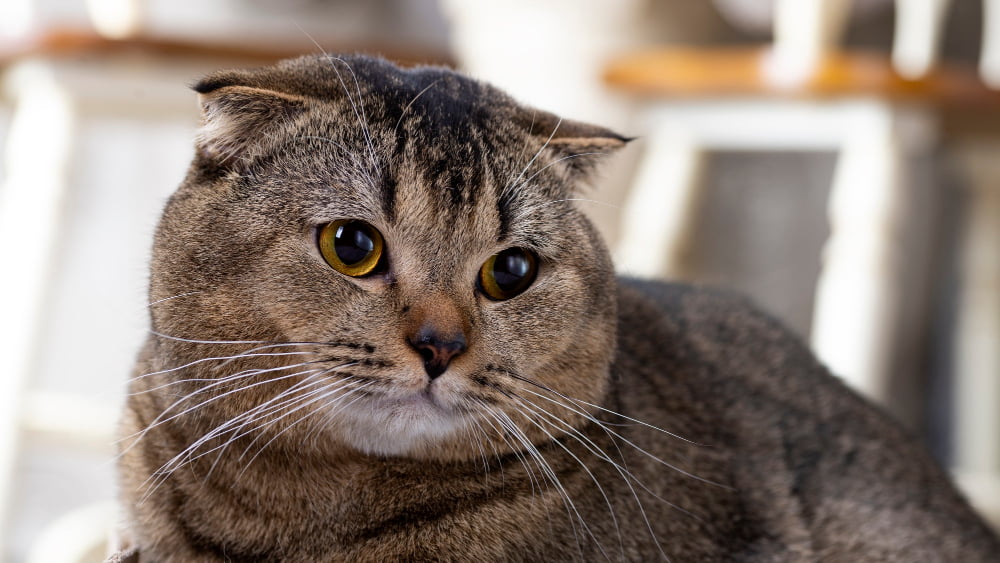
Scientific studies on the potential meditative behaviors in our furry friends have unveiled intriguing patterns. In their tranquil state, animal neuroscience reveals signs resembling meditation in humans. Variables measured include brainwave activity, hormone levels, and heart rate.
The most compelling revelations come from brainwave assessments during a cat’s relaxed state. Through EEG, patterns akin to human brainwaves during meditative sessions have been detected. Alpha wave frequency, indicating restful alertness in humans, manifests in high concentrations during these periods.
When observing hormone levels, particularly cortisol – the stress hormone, a significant decrease is noted as the cat enters a calm state. This physiological reaction aligns with the effects of meditation in combatting stress and promotes overall well-being.
Finally, heart rate measurements present consistent trends. As cats appear immersed in serene observation, their heart rates often slow down, mirroring the slower heart rate achieved by humans during meditation.
Overall, while the argument is still very much in the realm of speculation, these patterns propose a promising hypothesis that our feline companions might indeed engage in a form of meditation. Interpreting these results gives us profounder insight into our pet’s health and well-being, not to mention highlighting the remarkable connection we share with them.
Implications of Possible Cat Meditation On Effective Pet Care
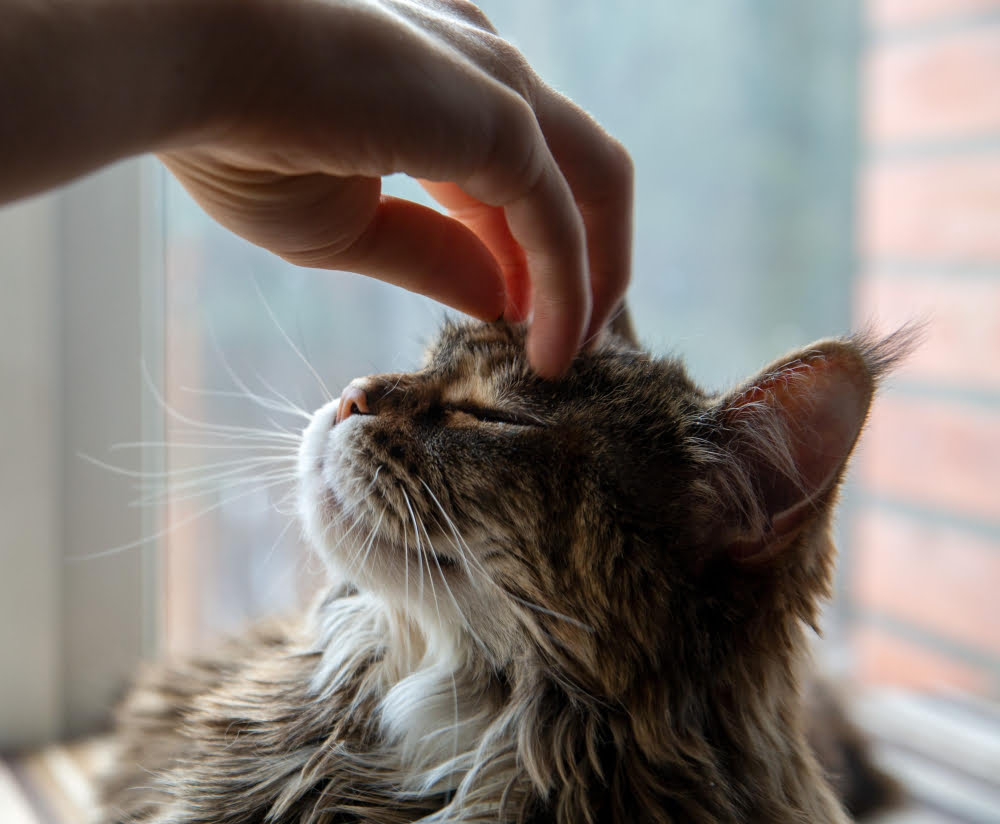
Despite a lack of concrete scientific proof, the idea of feline meditation offers fresh perspectives for cat owners in managing their pets’ wellbeing.
An engaged and serene environment could be crucial in fostering your feline’s mindfulness practices. This can be achieved by providing a quiet, peaceful spot for your cat to lounge, away from the everyday chaos.
Consider observing your cat during its solitary times. If it appears to be in a state of profound relaxation, almost trance-like, it may be meditating. You might want to avoid disrupting them during these periods to allow them to fully benefit from these restorative sessions.
Dedicating time for interactive activities such as stroking might also have subtle influences on your cat’s mindfulness experiences. Repeat prolonged gentle strokes, mimicking the rhythm of meditative breathing, might reinforce its mindfulness state.
Harnessing the potential of cat meditation not only promotes a harmonious living environment, but it also deepens the bond between you and your feline friend. It champions mutual respect and space, fostering a deeper understanding of their habits and preferences. As a result, this might assist you in effectively communicating with your cat and creating a stress-free sanctuary for them.
Remember, while these speculations on cat meditation might assist you in improving your pet care routine, they do not replace proven veterinary advice and should be considered supplementary to proper cat care.
Personal Anecdotes and Experiences With Cat Meditation
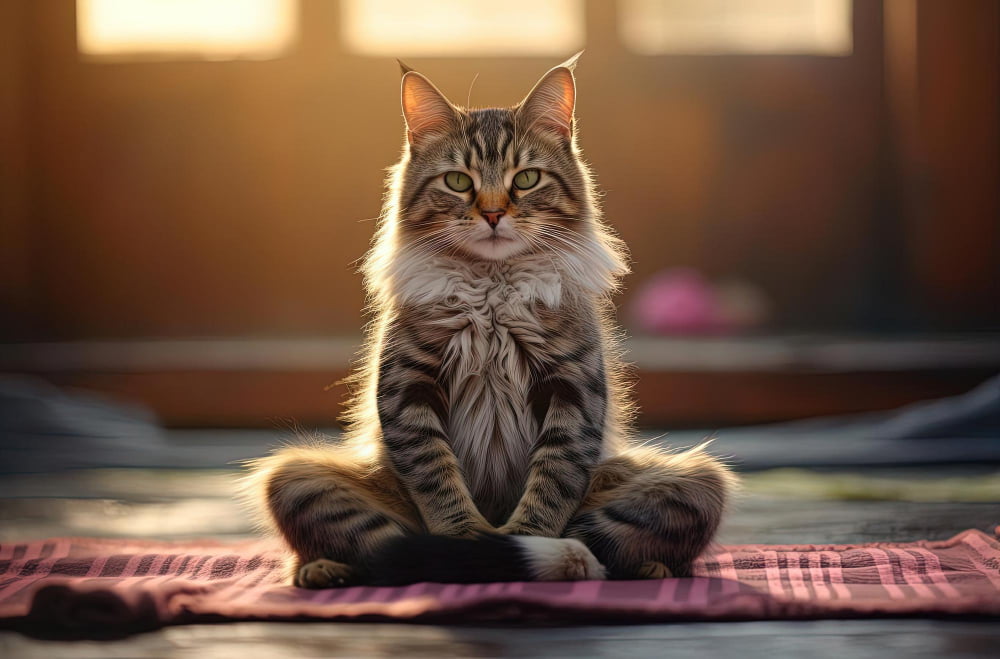
Firstly, the tranquility observed in feline behavior often mirrors a meditation-like state, a concept commonly noted by cat owners and enthusiasts. For instance, cats lounging in a room filled with soft, warm sunlight, with purring vibrations emanating from their bodies, presents a soothing spectacle. Their focus is concentrated, their breathing rhythmic, and their calmness contagious, resembling a meditative experience.
Secondly, in the early hours of dawn or at dusk, cats often sit still and stare into the distance for extended periods. This is their ‘quiet time’, during which they appear deeply immersed in their thoughts. As observers, humans might relate to this as a form of reflection or even mindfulness meditation.
Lastly, pet therapists often report that distressed or anxious cats exhibit signs of calmness when subjected to slow and rhythmic patting, akin to humans calming down during deep-breathing exercises. This brings forth the question – can cats also enter a meditative state through physical stimuli similar to humans?
The possible meditation-like behaviors in cats evoke a sense of wonder and connection, making the exploration of our feline friends’ mindful moments a fascinating journey. Whether proven fact or mere speculation, these anecdotes undoubtedly make one delve deeper into understanding the interesting world of cats.
FAQ
Do any animals meditate?
While it remains unproven that animals meditate independently, certain animals like dogs and cats are observed to engage in meditative practices with their human companions indicating their capability to sense changes in vibrations and energy pathways.
Why does my cat stare at me while meditating?
Your cat stares at you while meditating due to the attraction towards your stillness and calm energy that comes with meditation, which provides a grounded vibration cats can attune to and soothe themselves.
Are cats mindful?
Indeed, cats are mindful as they focus on living in the present rather than worrying about the past or future.
Why are cats so zen?
Cats are considered ‘zen’ due to their innate ability to stay in the moment, exhibiting mindfulness largely through their intense stare, which enhances their enjoyment of life while reducing anxiety.
Can cats enhance our meditation practices?
Yes, cats can enhance our meditation practices by providing a calming presence and rhythmical purring, which can assist in achieving a more profound state of mindfulness and tranquility.
How does a cat’s purring correlate with mindfulness?
A cat’s purring, with its steady and rhythmic sound, can assist in the practice of mindfulness by providing a focal point for attention and helping to foster a peaceful, present-moment awareness.
Could a cat’s behavior shed light on the concept of being present?
Yes, a cat’s behavior, which often involves focusing on the current moment and its immediate surroundings, could be seen as an example of being present.